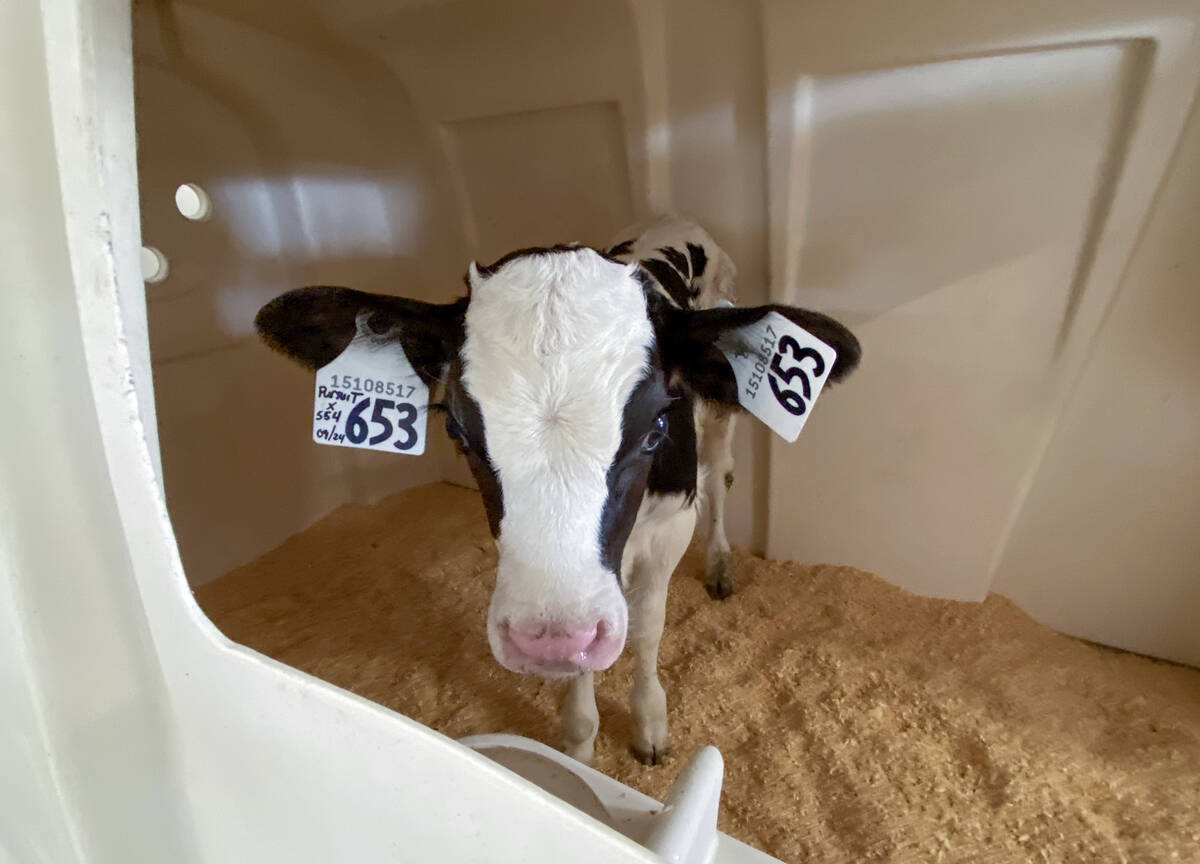The University of Guelph is abuzz with anticipation now the ground has broken for a new $16 million honeybee research facility.
The 15,000-square-foot Luckevich Pinchin Honey Bee Research Centre (HBRC) should be operational by 2025 and house North America’s most significant number of honeybee research colonies.
Why it matters: The HBRC has operated since 1894, most recently out of a repurposed 1960s bungalow near the U of G Arboretum, and is in dire need of upgrading to accommodate the 4,000 annual visitors and research.
Read Also

Lactanet turns methane expertise into business opportunity
Lactanet’s new fee-for-service breeding tool initiative to reduce greenhouse gas emissions in Canadian and Swiss Holstein herds will launch in April 2026.
“The new facility will give the centre space to grow its engagement with apiarists, with community members interested in learning more about pollinators and honeybees, and with young people looking to be part of a positive change to support pollinators and to ensure a healthy environment and a safe food supply,” said Dr. John Cranfield, Ontario Agriculture College’s (OAC) associate dean, external relations.
Located near Townsend House, the longtime HBRC home on Stone Road, the new facility will feature indoor and outdoor education spaces, classrooms, event space, a laboratory, bee-breeding facilities and pollinator gardens.
Paul Kelly, HBRC research and apiary manager, said the centre investigates the causes and potential solutions for the recent decline of pollinators, including research into the viability of naturally occurring miticides in essential plant oils and organic acids, prebiotics, probiotics and protein-based nutrition supplement to counter bee gut parasites and breeding for varroa mite-resistant bees.
The new facility’s improved laboratory space will enhance bee breeding and incubation and accommodate research, teaching, demonstrations and queen breeding in the same apiary.
U of G manages 100 hives at the university apiary, 200 at Arkell Research Station and 12 on privately-run farms within 20 minutes of the university, making it the largest number of honeybee research colonies of any institute in North America.
“We’re teaching every day, and we lack space here,” said Kelly. “Of all the things you can do to benefit bees, the number one thing is to provide bee habitat and forage.”
Fortunately, the new facility will adjoin a planned bee tree forest of pollinator-friendly tresses such as basswood, maples and willows with other shrubs and a nearby garden. Moriyama Teshima Architects, who designed the OAC Centennial Arboretum Centre in 1974, are designing the new HBRC.
As of mid-June, U of G had raised 80 per cent of the funds required for the build through OAC alums.
Lydia Luckevich, a 1979 U of G chemistry alumna, donated $7.5 million, which is why the centre is named after her and her late husband, Dan Pinchin, founder of Pinchin Ltd., an environmental consulting firm.
“I feel gratitude for everybody who has worked so hard to make this centre happen,” she said.















